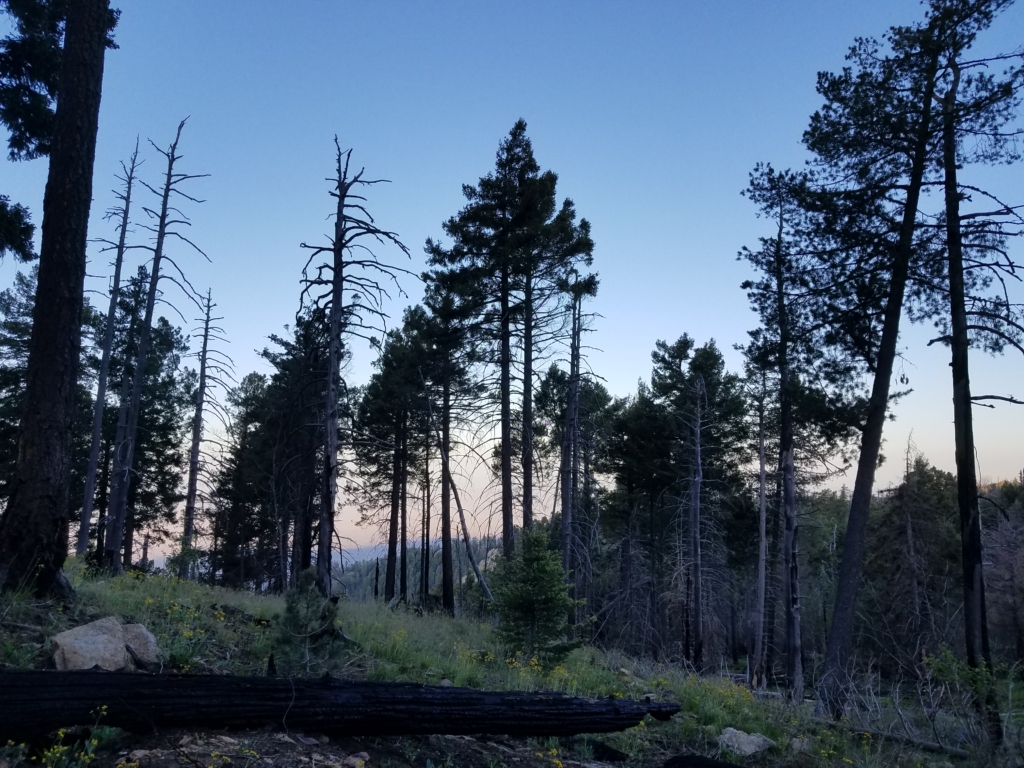
Let me just start by saying this: getting into graduate school in the natural resources profession is very different from other areas of study. My brother, who is a software engineer and holds both a Bachelor’s and Master’s degree in Computer Science, said graduate school was easy for him. All he did was apply to a single school, get in, take some classes, and bam! He had an advanced degree within 1.5 years and went on to work for Amazon shortly thereafter. If only it were that easy!
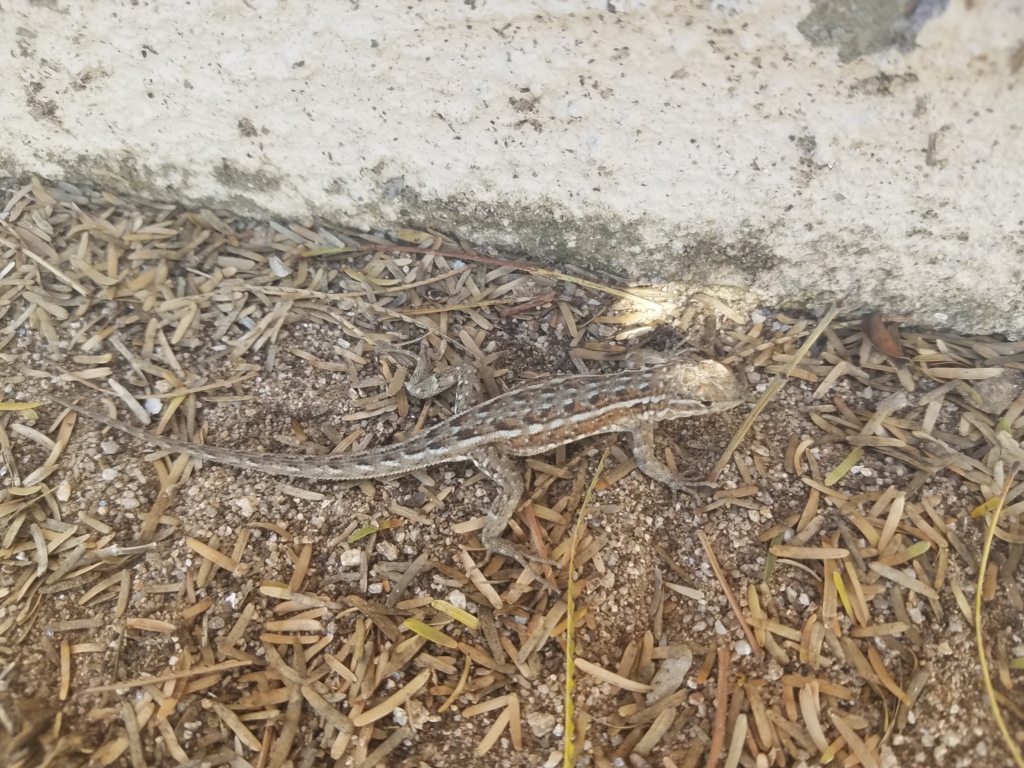
The point of this post is to give advice on the graduate school application process for students studying natural resources. To learn about making yourself competitive, see this post. Quick note: the best thing you can do to maximize your chances of getting accepted into graduate school is to gain research experience as an undergraduate. Most universities have a variety of research programs to which you can apply, and if that doesn’t work out, you can always join a lab group as a research assistant. This may eventually lead to an independent research project too.

Why did I choose to go to graduate school? I want to structure my career around research. Thus, having some kind of advanced degree is essential because in graduate school, you are trained to become an independent scientist. Hiring agencies also often prefer applicants with a Master’s degree, though many will accept applicants with a Bachelor’s and extensive experience as well.
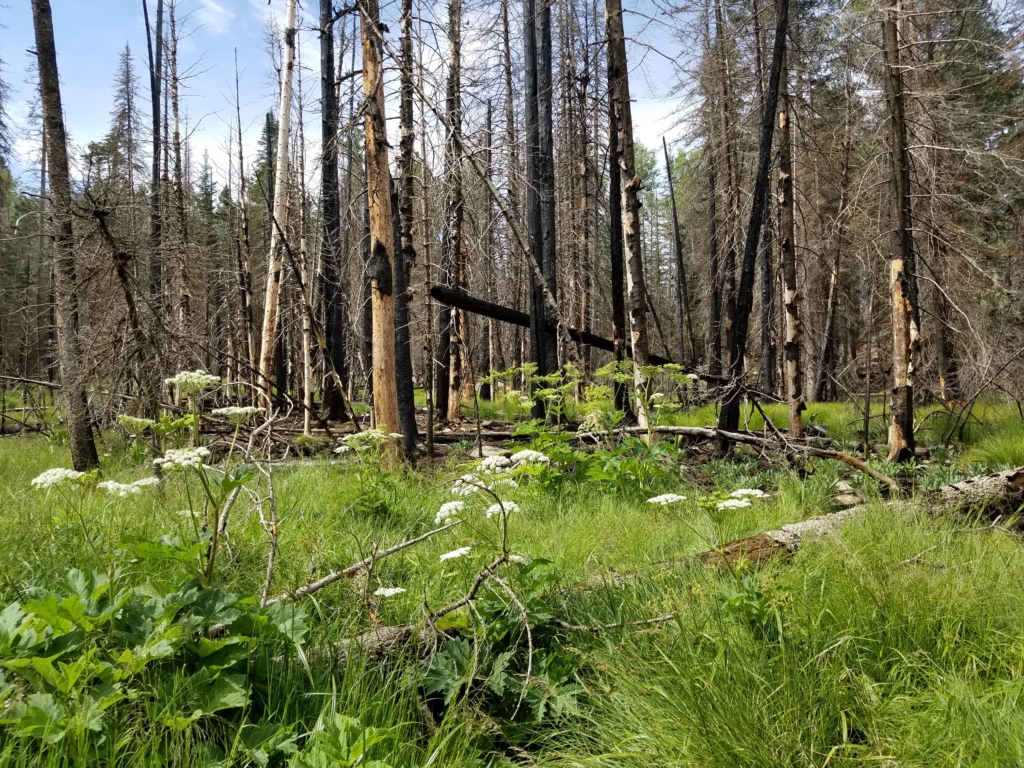
It’s all about finding an advisor and knowing what you want.
To begin: maintaining a GPA of at least 3.0 is a good idea (requirements vary by school), though that’s only the tip of the iceberg. The #1 rule for getting into graduate school is this: you need an advisor. In other words, you need someone who will be willing to mentor you and work with you for the journey ahead. Often these professors have predetermined projects with funding to support a graduate student. The Texas A&M Wildlife and Fisheries Sciences Job Board is the most used website in the profession for advertising not only new opportunities for graduate students, but also job openings. Of course there are other websites where you can look, but this one is by far the most famous. However, note there are circumstances where a professor may take a student on without any predetermined project beforehand; this was the case for me. In addition, when searching for an advisor, it is imperative to ask yourself: what do I want? Know your career goals and research interests. Be specific, and focus on the problem you want to solve instead of the species with which you want to work. For example: I, like many, have always wanted to work with big cats. I then asked myself, “What do I want to do with big cats?” It occurred to me I’ve been fascinated with human-wildlife conflicts my whole life, such as livestock depredation in developing countries. What research can we conduct that will contribute to solutions that work for both people and large carnivores? Of the research that does exist, where are there knowledge gaps? Then when you have an idea of what you want, read, read, read! Familiarize yourself with your area of study; look through the scientific literature. Create an annotated bibliography of topics that interest you. Google Scholar and Web of Science are excellent resources for finding papers. I have found software such as Mendeley or Zotero to be helpful too, which allow you to import papers and annotate them. All this reading (knowledge) will come in handy later, as I will show below. Not to mention you will identify professors that come up on a recurring basis in a particular field. These are your prospective advisors, though you can also search through faculty listings at universities offering degrees in natural resources.
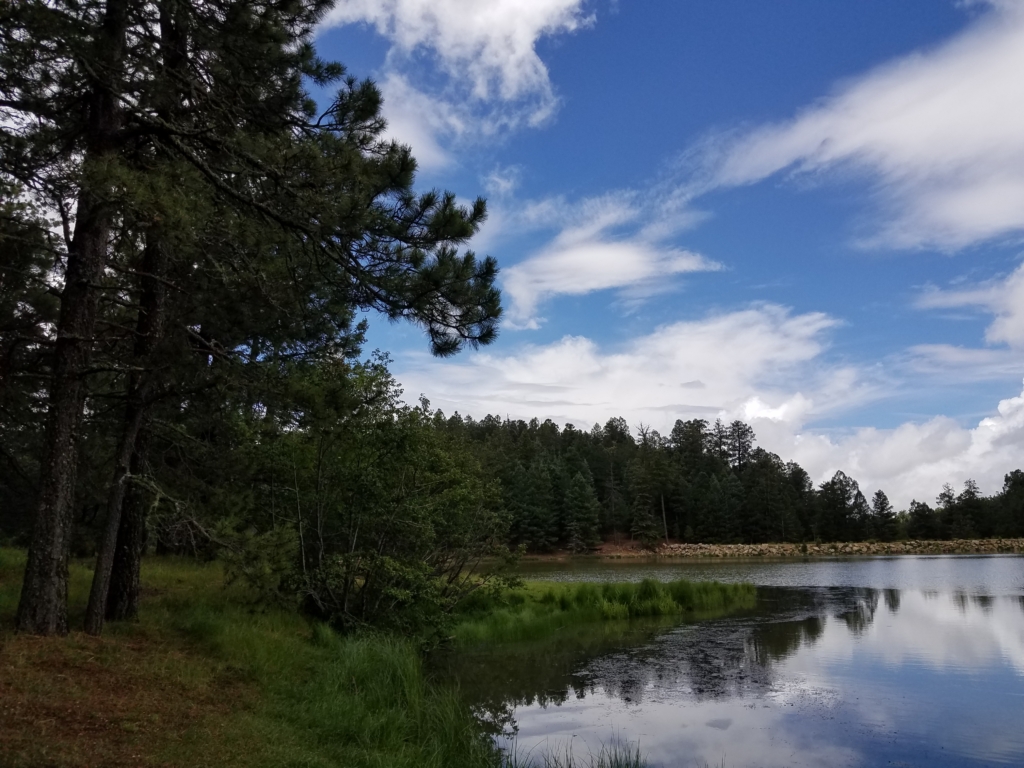
Make a great first impression on potential advisors.
When you know what you like and have identified potential advisors who are experts in your chosen field(s) of study, start contacting them. You want to do this ~1 year before your intended start date. Read some of their publications before contacting them, and make as good a first impression as possible. That first email is crucial. Draft a cover letter no longer than a page, and keep it short and concise. Single- or double-spaced? I made mine single-spaced, though created spaces between my paragraphs. The final product was three short, yet informative paragraphs of several sentences each. In the letter, outline your research interests, career goals, relevant experience and skill set, and show (don’t tell!) why you’d make a good fit for their lab group and what you can contribute. Inquire whether the professor is accepting new students. Make sure to be specific!!! Show them you’re serious about pursuing graduate study and are familiar with their publications (look over their ResearchGate profile). Look up their lab website; professors will often have a tab just for prospective students explaining what they want you to send them. And, most importantly, ask someone to look over the letter before sending that first email. My undergraduate faculty advisor helped me tremendously here. Send the letter as a PDF together with your CV (see my post on creating a competitive CV). The email itself should only be 3-4 sentences, concisely list your interests, and inquire whether the professor is accepting new students. Make note of any funding for which you have applied (see below); that is a great indicator to potential advisors that you are serious about graduate school.
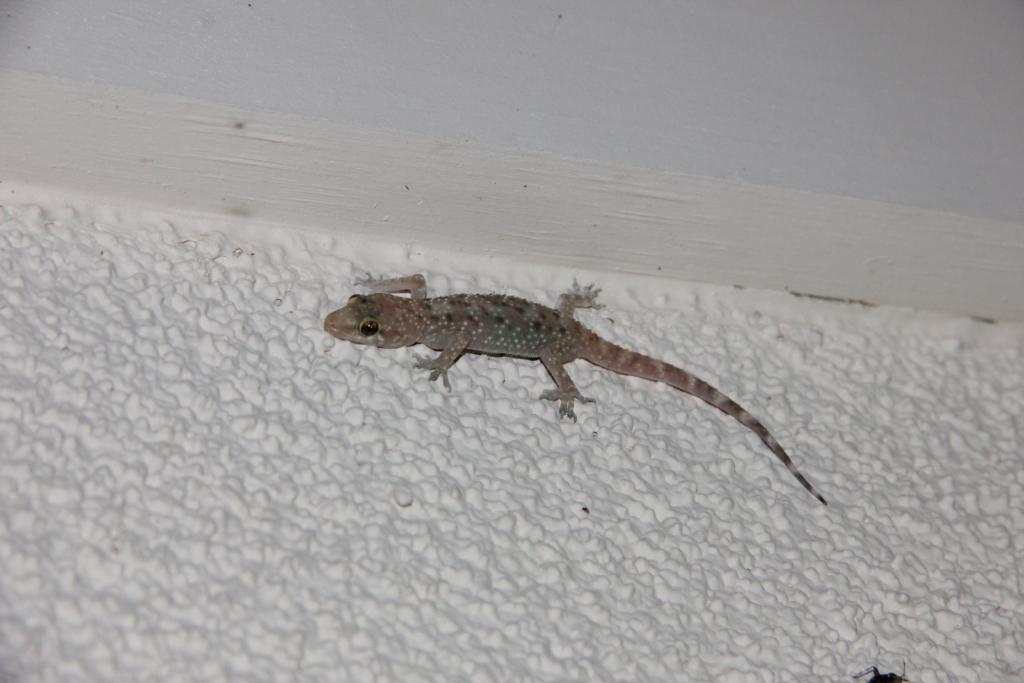
Give yourself the best possible chances.
Contact LOTS of people to give yourself the best chances; I’d say 20-30. The good news is that once you have a strong cover letter written, you need only tweak it slightly in accordance with each person to whom you’re writing. Professors receive hundreds of emails per year from interested students, so the wider you cast the net, the better. Some people won’t respond to your emails; this is normal. If you take the time however to craft a thoughtful letter, your response rate should be pretty good, perhaps at least 50%. Many will respond even if they don’t have any upcoming projects, and may put you on a list of potential candidates should an opportunity arise. Don’t limit yourself to any one geographic region; I’m from Arizona and ended up in New York! Touch base with the current graduate students from the lab group. Ask about the professor’s mentoring style and how their experience has been. The student-mentor relationship in graduate school is crucial to success. Some advisors are extremely hands-off, some micromanage everything the student does, and others are in-between. Every student is different and it is good if you have an idea beforehand of what mentoring style you prefer. More importantly, if you can meet the professor or someone from their group in person, DO SO!!! You will stand out. I met my future graduate lab group at The Wildlife Society conference in Reno, Nevada 2019. That was during my senior year of undergrad. The postdoctoral researcher from the group gave a presentation, and I spoke with her afterward and gave her my card. Later, when I reached out to the principal investigator (professor) of her group, the postdoc remembered me from the conference. That gave me a leg up from the hundreds of other inquiring students.
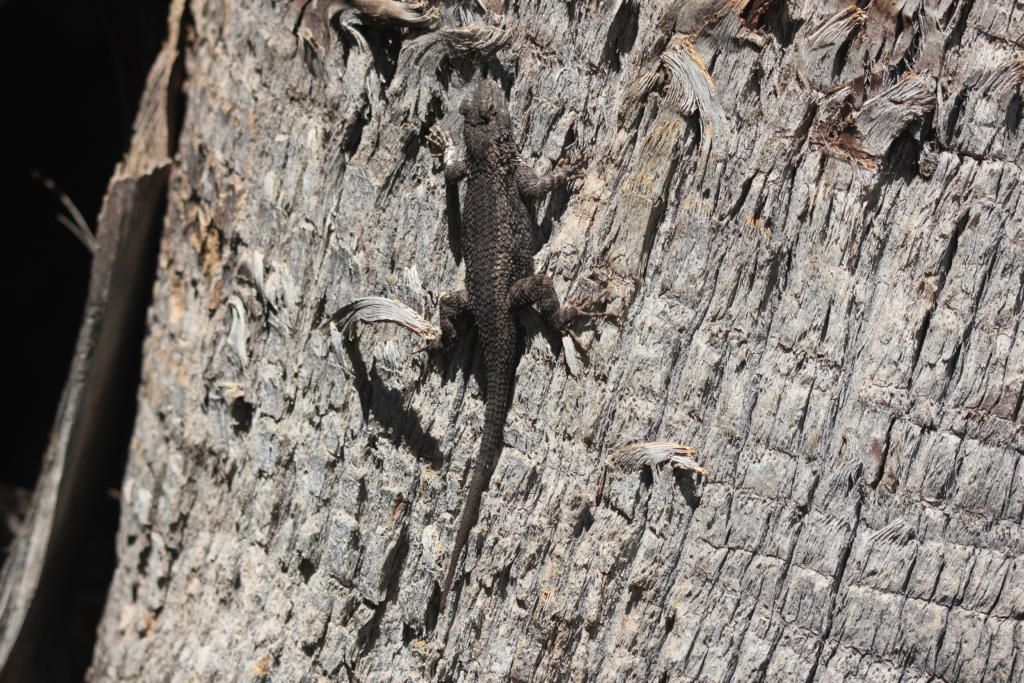
Be persistent.
All in all you have a very limited chance of getting into graduate school if there is no one willing to serve as your advisor. Be aware that not finding an advisor doesn’t necessarily mean you are not competitive. Why? Because even the most qualified candidates are usually rejected if the professor with whom they’re interested in working does not have any funding to support them (scroll down for more information about financing graduate school). Usually you apply to a school after you have made contact with a potential advisor, and definitely apply to those schools where the professor has said there might be a chance he or she could serve as your advisor. Know also that things can change at the last minute. Some funding might come up just as departments are seeking applicants, so be sure to check back in on a monthly basis with people you’ve contacted. Normally it’s not recommended that students apply to schools where they haven’t touched base with a professor or the professor has said they don’t have funding. However, I applied to many of these schools anyway just in case something changed.
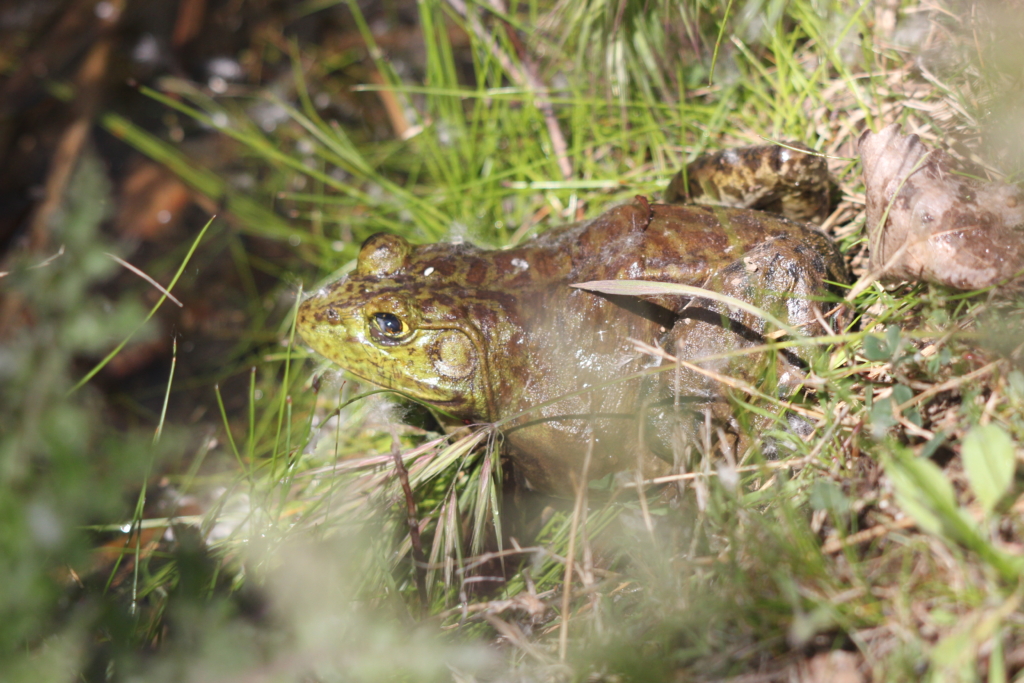
Now I will discuss the actual process of submitting applications. Many schools accept applications on a rolling basis, though often have deadlines in December or the spring for people who want to be considered for assistantships (again, scroll down for more on this). Students who apply by these deadlines are given priority, though again, don’t hesitate to apply later if you’ve found a prospective advisor who is willing to work with you. To put things into perspective, I applied to 10 schools and the State University of New York, where I ended up, was one of the last ones to which I applied.
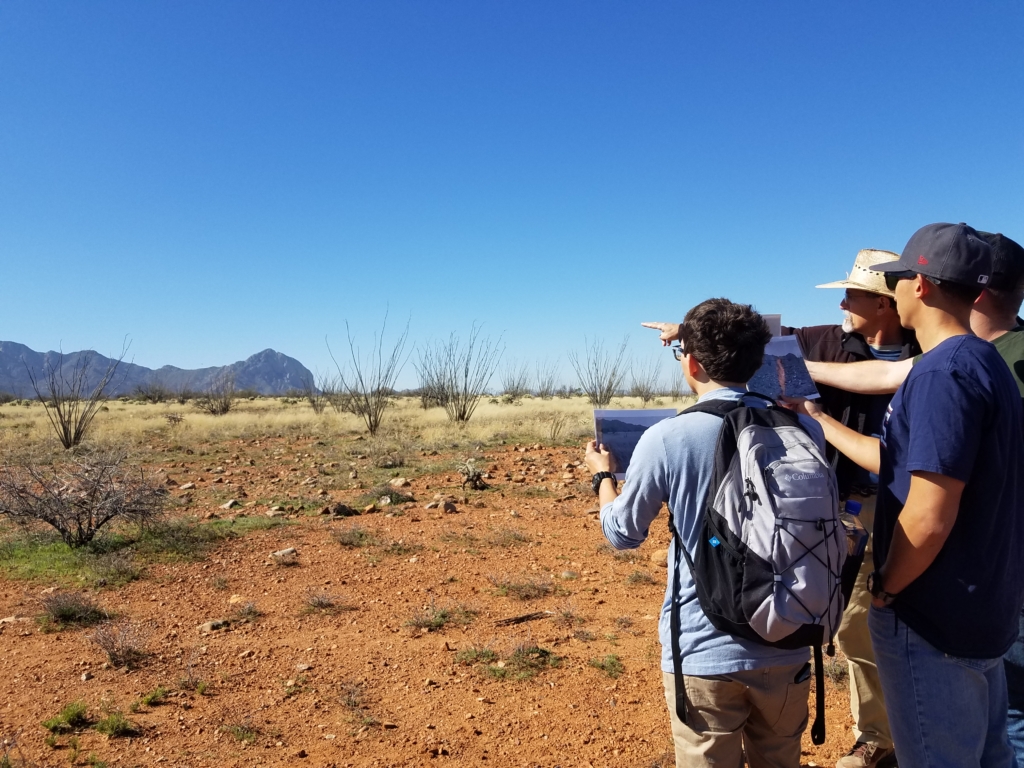
Take the GRE in case some schools require test scores.
First, many schools require Graduate Record Examination (GRE) test scores. Make sure to study the summer before your senior year in college, and then take the exam in the early fall. There are three sections of the test: quantitative reasoning, verbal reasoning, and analytical writing. My advice: take at least one practice test; it will familiarize you with the format. The Educational Testing Service (ETS) offers these for free in addition to preparation materials. For example, this document covers mathematical skills, and definitely check out example essays from the analytical writing portion. The scores are valid for five years, and you can retake the GRE once every 21 days, up to five times, if you don’t do as well as you’d like the first time.

Craft a polished personal statement.
Next, you’ll want to draft your personal statement. This is perhaps the most important part of your application, so, like the cover letter, ask a professional to look it over. Every university is a bit different with their requirements, so make sure you follow EXACTLY what they ask for with regard to formatting and content. Fortunately, requirements are often similar enough, so once you have that first, polished draft, you need only tweak it for each school. Usually they will ask about your career goals, your experiences and skill set that make you a good fit, what you hope to get out of your graduate education, and how that ties into your career goals. Many ask about why you want to work with your chosen professor. And, like your cover letter, keep it concise and to the point at no longer than two pages. Be aware that some schools also require a diversity statement, though it does not come up as often. I think the best way to approach those is simply to look up examples on Google, and then have a professor look over the statement. Lastly, give your letter of recommendation writers at least a month’s notice. Send them your CV to help them draft your letter.
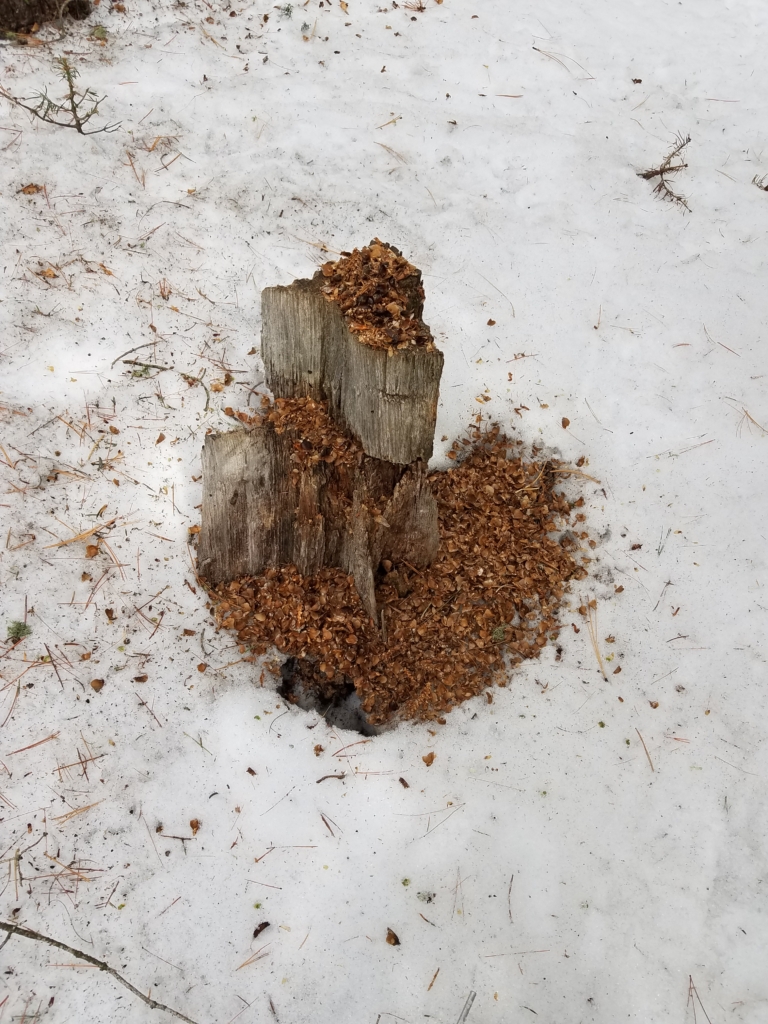
Apply for external funding sources.
Now, about funding: something that is definitely worth looking into is applying for your own funding. For example, the National Science Foundation’s Graduate Research Fellowship Program (NSF GRFP) is one of the most well-known programs in the country and gives out monetary awards to ~2,000 applicants per year. According to their website, the award includes a “three-year annual stipend of $34,000 along with a $12,000 cost of education allowance for tuition and fees.” You may choose to conduct whatever research you like, and can take this award to any school of your choice. Universities would need a really good reason to turn you down if you receive an NSF fellowship! The application requires a personal statement and research proposal; make sure to follow their exact guidelines and address the requested criteria. Attend an info session at your university if this is an option, and ask a professional to look over your application materials. Even if you don’t receive the award, it shows a prospective advisor that you are serious and made considerable effort. You may also receive an Honorable Mention, which should be put on your CV.
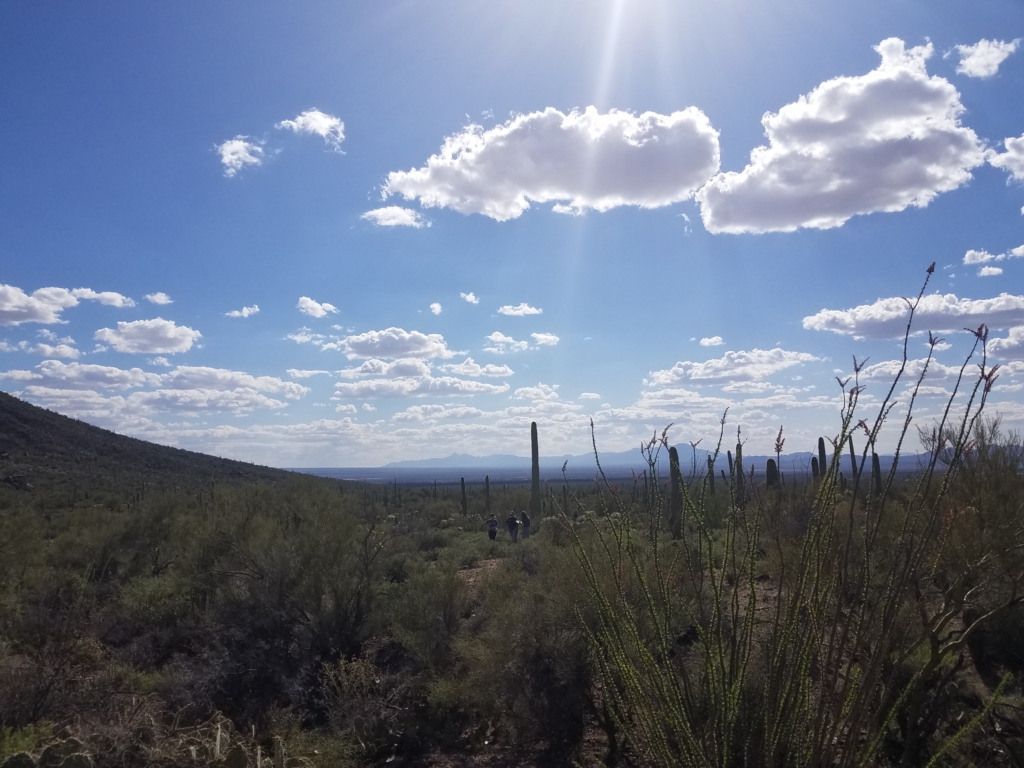
See what funding sources are available within your department.
Earlier in this post I mentioned assistantships. Basically, these refer to Teaching Assistantships (TA) and Research Assistantships (RA). A TA, unsurprisingly, helps with teaching classes and grading assignments. An RA assists their advisor with ongoing research projects in the lab. Departments have a limited number to give out every year, and these assistantships cover cost of tuition and typically include a stipend from which to live. Additional money is needed for the student’s research, which is where applying for funding, as described above, comes into play. Remember all that talk about how qualified candidates are rejected if the professor does not have any funding to support them? “Funding” in this context refers to the student’s tuition/stipend as well as money to support their research project (equipment, permits, gas money, hiring technicians, etc.). For more detailed information, see the “Note to Prospective Graduate Students” located on this page, written by Dr. Jacqueline Frair, my MS advisor. Don’t forget there are also other fees, such as health insurance. The fact that funding is so hard to come by in this field of study highlights why it is so important to check out websites such as Texas A&M, where funded projects are advertised and all you need to do is apply.
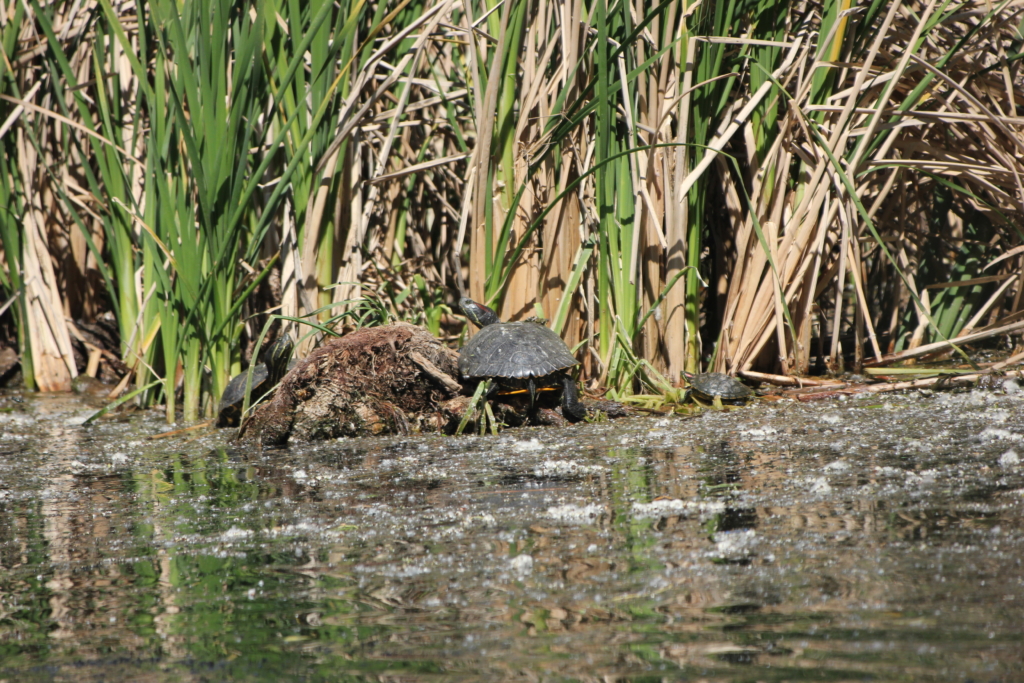
Again, be persistent and don’t give up!
You will typically hear back from schools to which you’ve applied in the spring. Some may not contact you at all if you’ve been rejected, so I recommend reaching out to them as summer approaches. In the meantime, keep sending in applications and searching for an advisor. Don’t become discouraged because things usually fall into place last minute. That’s how it worked out for me and many of my friends. If you receive an offer and decide to accept, inform other places to which you’ve applied. Then, before your semester of matriculation, discuss expectations with your advisor and ask about anything you can do to prepare. Start prepping a bibliography of topics of interest too. To conclude, see this post by Dr. John Koprowski, a former professor at my undergraduate institution, for a more detailed timeline of the graduate school application process.
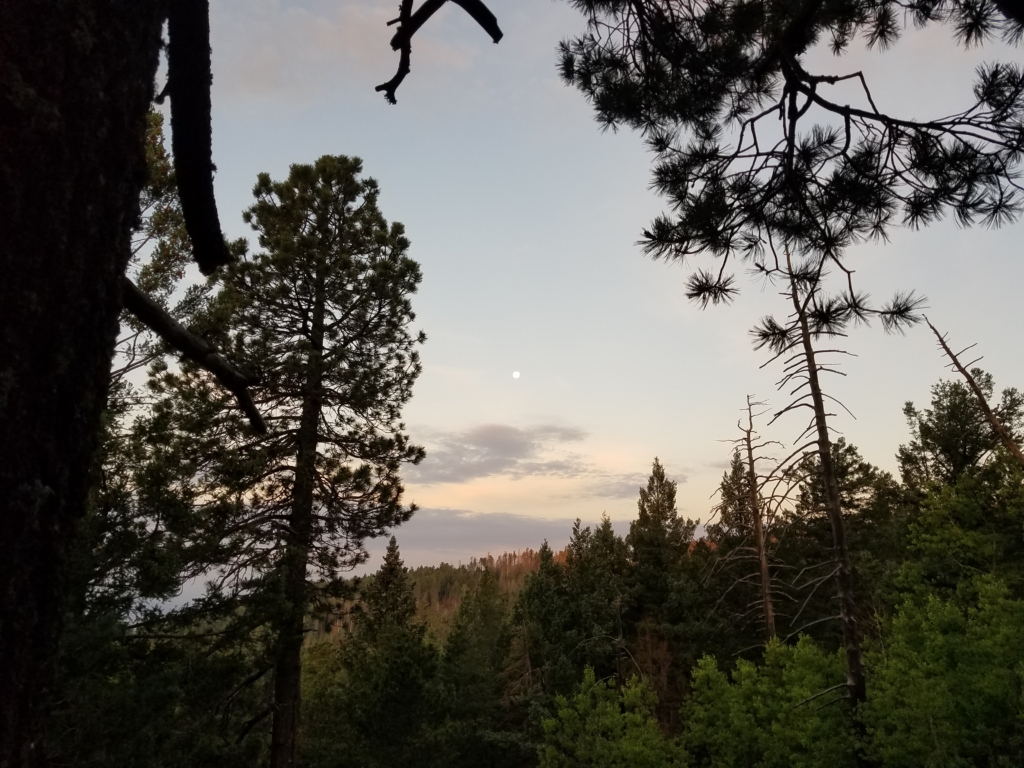
Please note that most of what I’ve written hear is geared toward a research-based graduate degree (and based within the United States), but there are also options for advanced degrees that only involve taking classes. The timeline I’ve described also refers to a fall start, though some students start in the spring. In any case, speak with your advisors and professors whom you trust about which option is right for you.